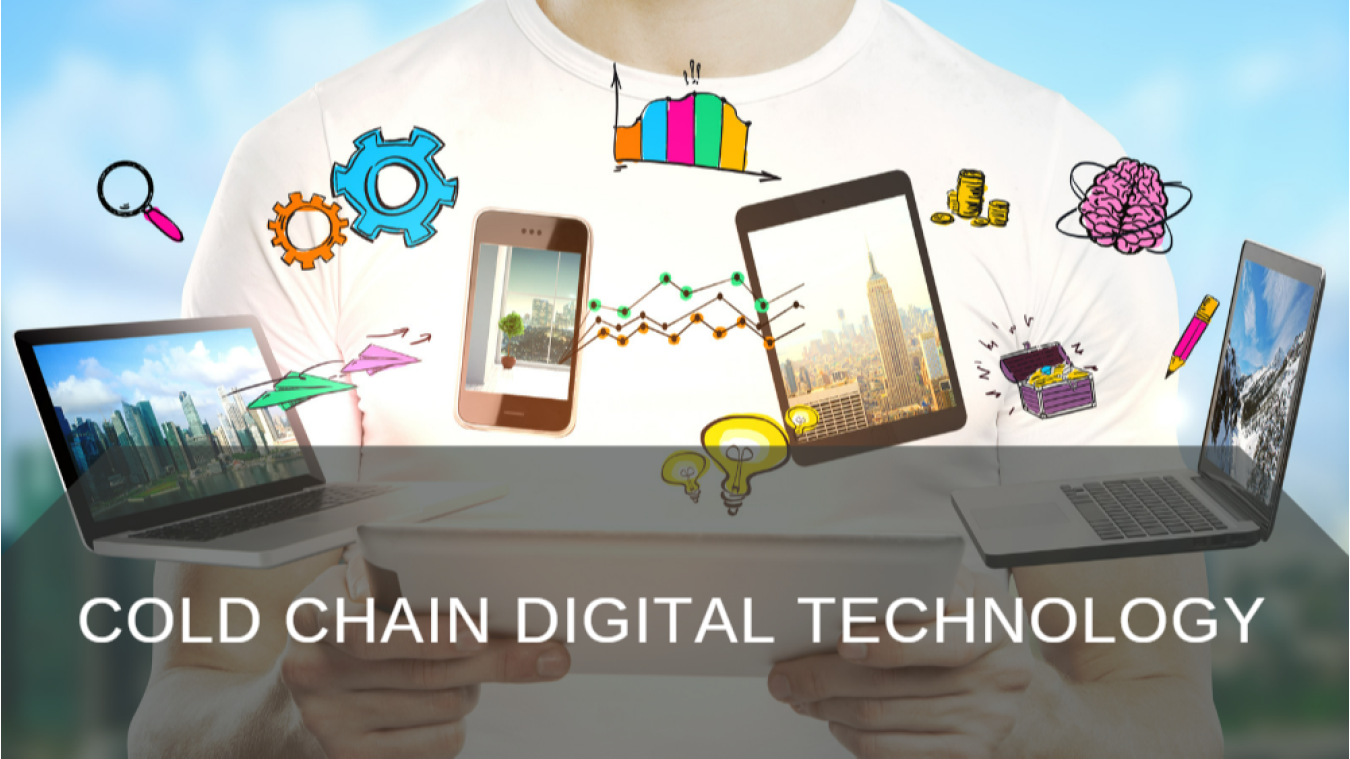
We’ve already mentioned the importance of complete visibility in cold chain logistics. Most temperature-sensitive products are also time-sensitive, and despite proper storage conditions, they must be transported without delays. So, all stakeholders want to track such vulnerable cargo and constantly monitor its condition not only to be aware of what’s going on but also to be able to react quickly in case of any deviations. And that’s what modern digital technology can help with.
For tracking purposes, you can take advantage of such technologies as
If cold cargo is hauled by truck, telematics solutions powered by GSM/GPS allow for tracking the vehicle’s position in real time while an route. Typically, location data is sent to the carrier’s transportation management system (TMS) or other business solution in use. Many carriers, in turn, provide their customers with access to tracking information via customer portals, or, at least, a link to the third-party tracking service provider.
Attaching battery-powered GPS devices to the shipping containers makes it possible to track their location whether they are transported by trucks, rail, or ships. Typically, cold chains prefer the ones that also have a monitoring functionality – we’ll talk about it in the next section. Data from such trackers gets to the carrier’s or shipper’s business management solution.
As for maritime shipping, major ocean carriers provide their vessels’ satellite location data through their websites/apps/customer portals, as do 3PLs and freight forwarders that deal with international shipping.
There’s also several independent global sea data providers such as Marine Traffic that show real-time vessel position. Whichever way you choose, nowadays it’s easy to sit back and watch how your cargo is being moved around the globe.
RFID and BLE work in a different way. Tags or beacons must be attached to containers or individual packages and scanned to fetch data. We’ve all seen anti-theft alarm systems in stores – that’s how RFID works.
RFID tags can be passive or active. Passive tags don’t have a power source and are activated by the reader. Active ones have an inbuilt battery, so they broadcast their own signal, can be scanned from a greater distance, but not surprisingly they are much more expensive and bigger in size.
RFID and BLE readers are usually installed at checkpoints (e.g., at terminals or distribution centers) so that they automatically scan all the tags/beacons within their working range. There are also handheld RFID readers, while BLE beacons can be scanned with a smartphone (which is their big advantage as it’s really cheaper). The data is then sent to the ERP, terminal operating system, warehouse management system (WMS), or other integrated business solution.
Please see the brief comparison of main tracking technologies in the table below. To sum it all up, GPS devices are perfect for real-time global/outdoor container or equipment tracking (but they are very costly and have shorter battery life), while RFID/BLE technologies work best for indoor use and receiving periodic information on individual packages.
The GPS and RFID technologies we described above work great for tracking purposes, but they can’t do measurements, store records, and transmit them. To monitor temperature, humidity, and sometimes even vibration, other types of devices are used in cold chain logistics, helping stakeholders ensure a safe and stable environment. Here are some of them.
Data loggers are the most typical monitoring solution. These devices are placed inside the container (or storage area) to measure temperature (and sometimes humidity as well) at regular intervals. They keep records of shipping/storage conditions that can be extracted by physically connecting to a data logger.
It’s a cost-effective solution, but its drawbacks are obvious: no real-time monitoring and the need to be near retrieve data.
Bluetooth temperature sensors (that’s the same BLE technology we mentioned above) are more advanced as they can also add location data to temperature measurements and transmit records wirelessly when scanned with a reader or a smartphone.
However, they still don’t provide real-time monitoring by themselves. To receive live updates, they must be connected to an IoT infrastructure.
IoT is all about connectivity and real-time data (well, in our case it’s almost real-time; usually, measurements are made every few minutes). A typical IoT infrastructure for cold chains includes.
You can read more about how IoT works in our dedicated article.
Such smart systems not only enable real-time monitoring but can also be configured to send alerts in case of temperature breaches or other abnormal events.
If you have just a few shipments in your cold chain, you can track them through a customer portal provided by a carrier. However, if you operate multiple shipments regularly, you need a more convenient way to track your cold cargo and ensure it’s safe.
As we said, you can install your own GPS tracking devices or design an entire IoT infrastructure to monitor all important indicators. But if you rely on the carrier to handle these activities, consider building an integration between your systems. It takes development effort, time, and investment, but the rewards are convenience and saved time.
As you establish such an API connection, you’ll be able to receive location, temperature, and other important information from the carrier/3PL right to your internal system. That will allow you to monitor the status of your shipments and timely react in case of disruptions.
Thank you information and photos from AMA Cold Chain Logistics Solution
Related Blogs: Cold Chain Logistics: How to Handle Temperature-Sensitive Goods
Reference: https://www.altexsoft.com/blog/cold-chain-logistics